Ambitious and grand almost to a fault, Dune Part Two delivers amazing performances by its leads, incredible fight choreography, and epic visuals as it more or less concludes Frank Herbert’s first Dune novel.
Dune Part Two Review
Adapting source material like Frank Herbert's Dune was never going to be an easy task but director Denis Villeneuve has managed to pull it off…mostly. Dune Part Two is even more ambitious and grand than Part One, almost to a fault. If the complaint was that David Lynch's Dune (1984) didn't spend enough time fleshing out the complexities of the politics and religion of this world, Villeneuve does the exact opposite. The pacing is slow and deliberate, although at times it is so slow you wish for a little less brooding and more dialogue, or anything to liven things up a bit. Despite its flaws, Villeneuve and his team have delivered a visual spectacle with several powerhouse performances that should be enjoyed on the biggest screen possible.
Picking up after the events of Part One, with Paul Atreides (Timothée Chalamet) and his pregnant mother Lady Jessica (Rebecca Ferguson) being accepted into the Fremen group, the native people of Arrakis. Some are wary of the outsiders joining them, but their leader Stilgar (Javier Bardem) thinks Paul is the ‘Lisan al-Gaib,' a messiah for their people. Paul doesn't really buy into the savior bit, neither does Chani (Zendaya), but this may open the door for him to enact his revenge on the Harkonnens and the Emperor Shaddam IV (Christopher Walken). However, thanks to his Spice-fueled visions, he learns there are possible futures where accepting his messianic ‘destiny’ means endless carnage and destruction. Whether he takes up the mantle of savior or not, he must face the grotesque Baron Harkonnen (Stellan Skarsgård) and his awful nephews, the evil Beast Rabban (Dave Bautista) and the sadistic Feyd-Rautha (Austin Butler) if he hopes to avenge his House.
Contrary to popular internet musings, this is not Dune's version of Empire Strikes Back, rather it feels more like Lord of the Rings: The Two Towers, in that despite the setup of Part One it is dealing with dense source material that it is wading through to find an entertaining yet knowledgeable through line. The first half of the film spends most of its time in the desert where Paul is finding his footing (literally and figuratively) in order to enact his revenge on the Harkonnens. It does grow sluggish at times as the script attempts to tackle the intricacies of imperial politics, Fremen customs, and Paul's brooding. Despite the drag felt, the time spent allows cinematographer Greig Fraser to fully realize Villeneuve's vision of Arrakis. The might of the desert's citizens and the grandeur of the environment itself, something Duke Leto teased and was barely shown in Part One, is on full display.
The fighting that takes place on the sands is impressive– Fremen emerge from the sands to take on their enemies, crafting materials that can summon sandworms while others destroy Spice harvesters. Explosions punctuate the landscape as you witness the power and determination of the Arrakis people. There is a scene where Paul and Chani work together to bring down ornithopters that is thrilling to watch. Even though there are futuristic machines and weaponry, Villeneuve knows how to keep the action grounded, meaning it's not a stretch to believe that it was possible for the “low-tech” natives to seriously cripple the operations of their high-tech enemies. In stark contrast with the golden, sparkling hues of the desert there is the Harkonnen homeland, a landscape and people rendered monochrome thanks to a black sun. An arena battle invokes Ridley Scott's Gladiator, as Feyd-Rautha slaughters men to celebrate his birthday.
Other highlights include Paul's first sandworm ride as well as a 1v1 fight between Paul and Feyd-Rautha, who is essentially the anti-Paul. The fight choreography is incredible throughout but especially shines in their stand-off. To say more would be to spoil it, but for those that have been waiting for Paul's big moment, it didn't disappoint. Of course everything from the sand walking to the action is amplified by Hans Zimmer’s powerful score. If you have ever seen that meme where the piano is on fire to symbolize a composer killing it with their music, then you know what you're getting into with Zimmer and Dune Part Two.
After being confined to mostly dream sequences in Part One, Zendaya gets to shine as Chani in Part Two. What could have come off as a contrived relationship between Paul and Chani feels natural and that is due to the chemistry between her and Chalamet. In fact, she is not only part of the emotional core of the film but she is also an important voice throughout. She doesn't buy into the savior nonsense, she just cares for Paul. Chani acts as a voice of reason, a grounding presence as Paul fights a battle within himself about his “destiny.” Zendaya's performance is fierce and unyielding. You do not want to be on the receiving end of her death glare. Chalamet meanwhile manages Paul's growing maturity with ease. He shows growth towards being the man he should be while still allowing some frustrations and ego trappings of his immaturity surface. As his messianic figure presence grows, Chalamet lets the inner turmoil of Paul's conflicting thoughts and feelings show clearly on his face.
As with most films like this, the villains seem to be having the most fun, leaning all the way into the absurdity and viciousness of their characters. Newcomer Butler is a formidable presence, unlike Bautista's Rabban who is quick to anger and quick to be shrugged off. Skarsgård is just as grotesque as ever, his Baron a cross between Jabba the Hutt and Kingpin. The glint in his eye as he watches Feyd-Rautha commit atrocity after atrocity is chilling. But it is truly Butler who steals the show. He nails the Skarsgårdian vocals of House Harkonnen and just having him step into the scene seems to leech all the color from it, just like the black sun in their home world. The other two notable additions to the cast, Florence Pugh as Princess Irulan and Walken's Emperor Shaddam are unfortunately not given much to do. Walken is disappointingly subdued, making this powerful leader of the Imperium nothing more than a frail, old man. Pugh is placed in a narrator role, an afterthought to many around her.
This film is massive both in scale and ambition. Being even more ambitious and grand than Part One, Part Two bites off more than it can chew. That isn't to say you can't enjoy what you're watching, but it is noticeable as it picks up speed and barrels towards its conclusion. The ending feels abrupt and slightly off for those who have read the book as it wraps up Herbert’s first Dune novel but also lays groundwork for a third film. Some storylines have been altered for the sake of the screen and with so many plot threads left blowing across the sand, it's obvious that Villeneuve and his co-writer Jon Spaihts have more to say. With that being said, Dune Part Two feels wholly like a middle chapter that can only truly be realized with a final film– an adaptation of the sequel novel Dune Messiah. If the ticket sales are any indication, I have a feeling that project will be greenlit soon.
Despite its flaws, Dune Part Two delivers a stunning visual experience, amazing performances by Zendaya and Chalamet, as well as beefy action sequences that hold audiences captive. Practical and special effects combined with Zimmer's score bring the world of Arrakis to life in a way that puts viewers in the middle of the action. It may not end with a truly satisfying conclusion but it sets the stage for something bigger and that should have Dune fans excited.
Dune: Part Two releases in theaters on March 1. The film is rated PG-13 for sequences of strong violence, some suggestive material and brief strong language with a runtime of 166 minutes.
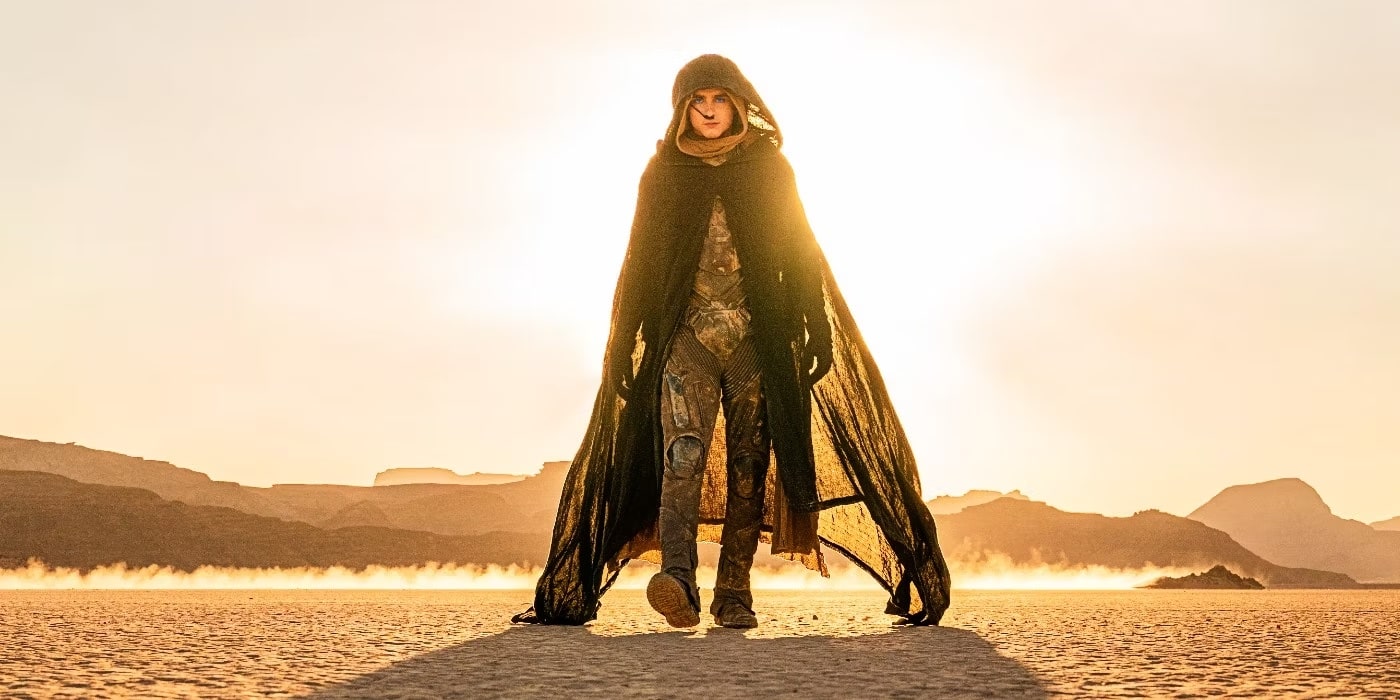
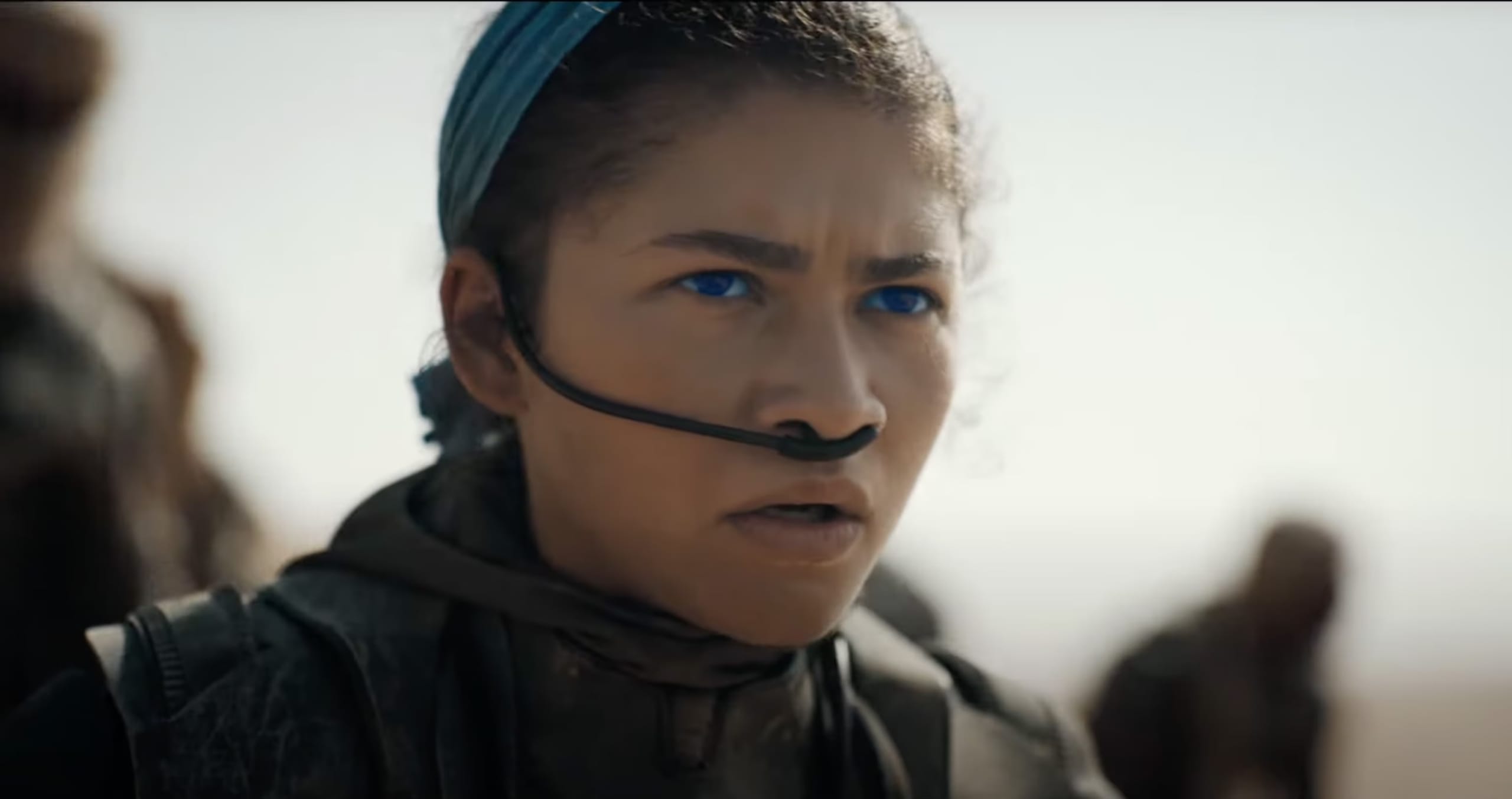
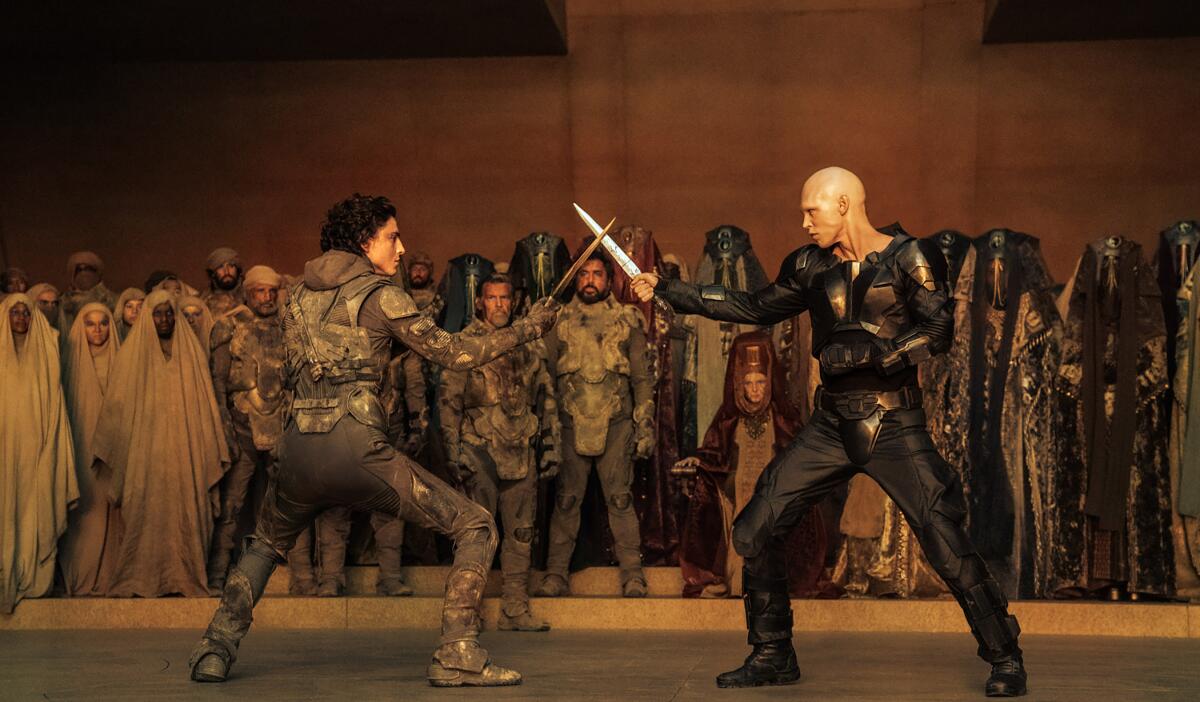
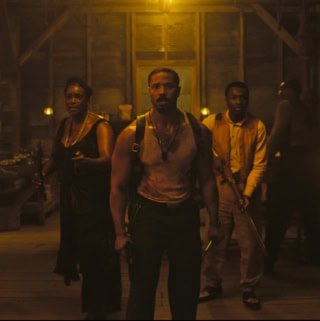

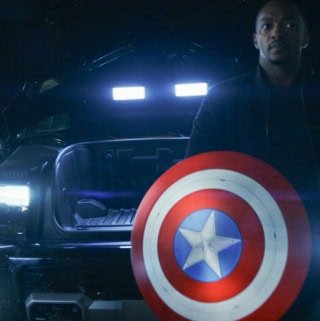

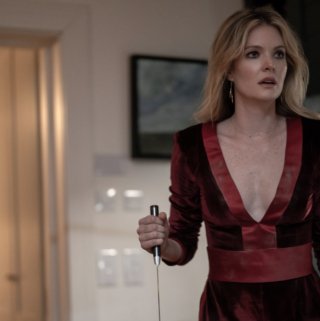
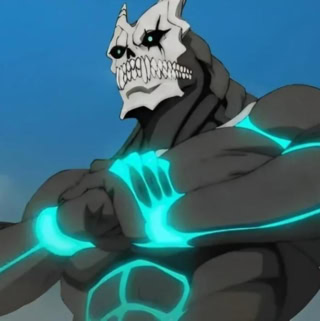
Leave a Reply